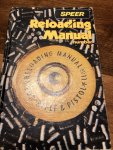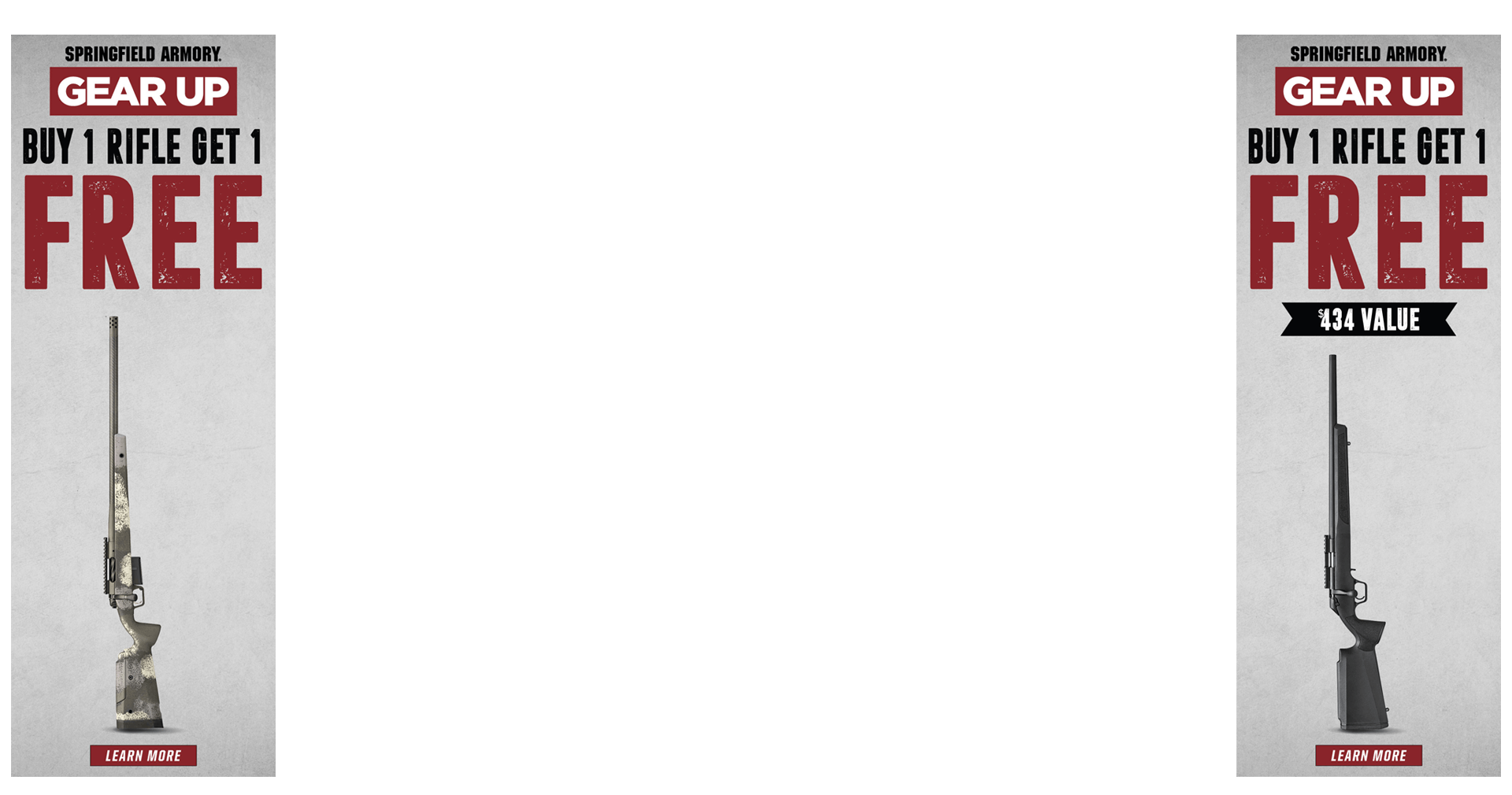Why are you policing the topic and discussion here so hard? The general discussion is about brass and we are merely pointing out indications of pressure. If a case is oversized and can move enough to bump a primer, would this not allow for stretching in the head, shoulder, and neck? If you have the answers I’m certainly happy to sit back and be educated. My opinion is that in the sharing of ideas and experiences we all grow.
The op wants to know why his necks are coming apart. If I had the solution, I'd fill him in.
So, if he had bumped his brass back into the dark ages and fired it, just the slam into the bolt face will flatten a primer, maybe gas it too(escape),maybe force brass to minorly flow into ejector hole, does this constitute pressure? NO, it means he oversized his brass, and the back end of the brass is going to take the punishment. Primers are not the best indication of pressures. Have you ever tried to fireform brass w/o jamming a bullet or made a false shoulder? <Once again here, the back end of the brass takes the hit, the shoulder gets pinned, expansion goes the opposite way. Case head separation is imminent.
I am not sure if by design, but brass acts as a buffer or shock absorber in your chamber, and tell me, when have you seen necks or shoulders beat up from even extreme over pressure loads, it does not happen. Primer pockets and case heads bear the brunt of it. Even if this guys case mouths could not open fully, the primer will get blown out before a neck separates.
So you go ahead and sleuth the primer that has a radiused edge yet, and magnify the pic to look for a crescent shape mark on a case head.
The op needs to boresope both his die and his chamber, or have someone qualified do it. Or some Sat morning, go to his brothers, open some new brass and continually load the same 10 cases in the same fashion as has been done and rule brass out.
EDIT: We have a reloading forum with many discussions on pressure, overpressure, etc...


